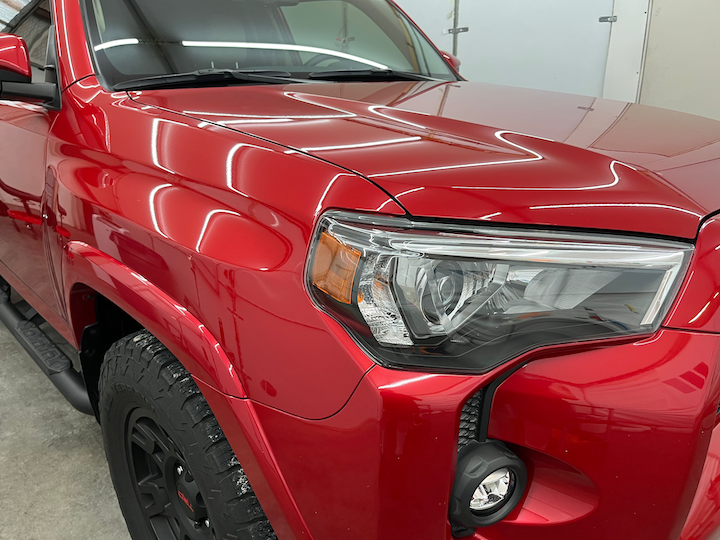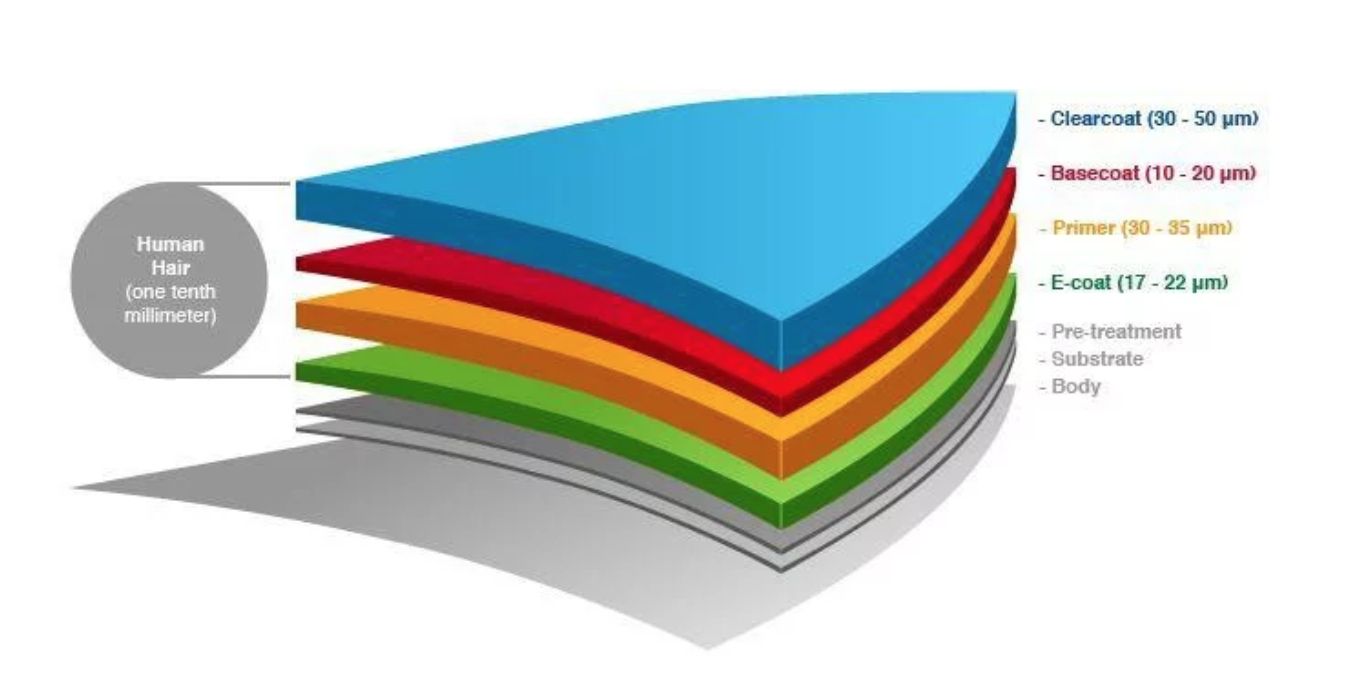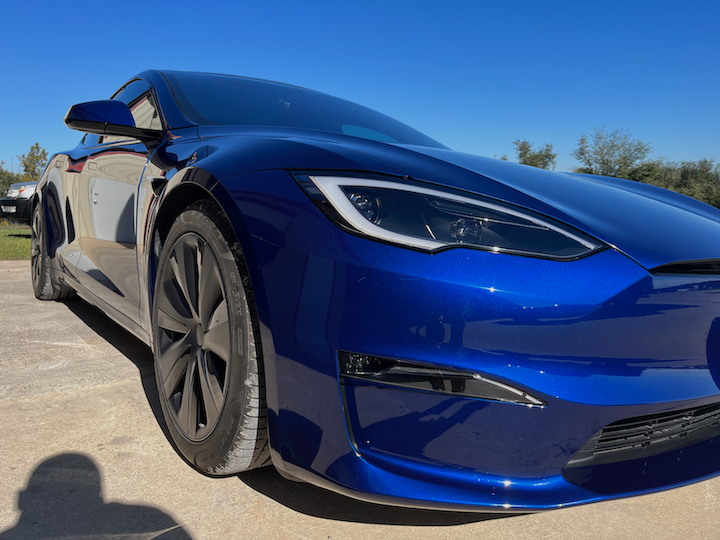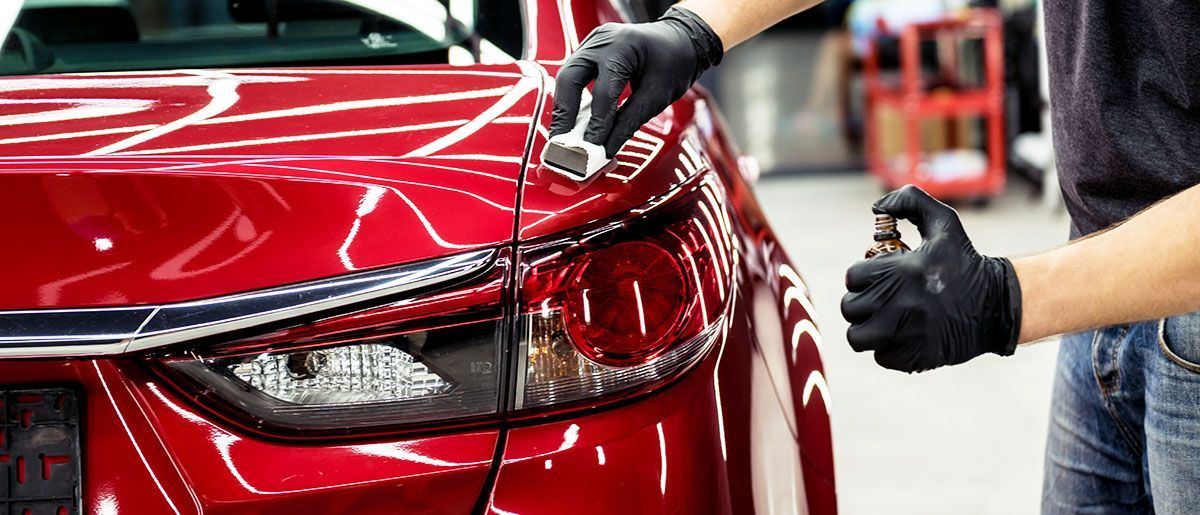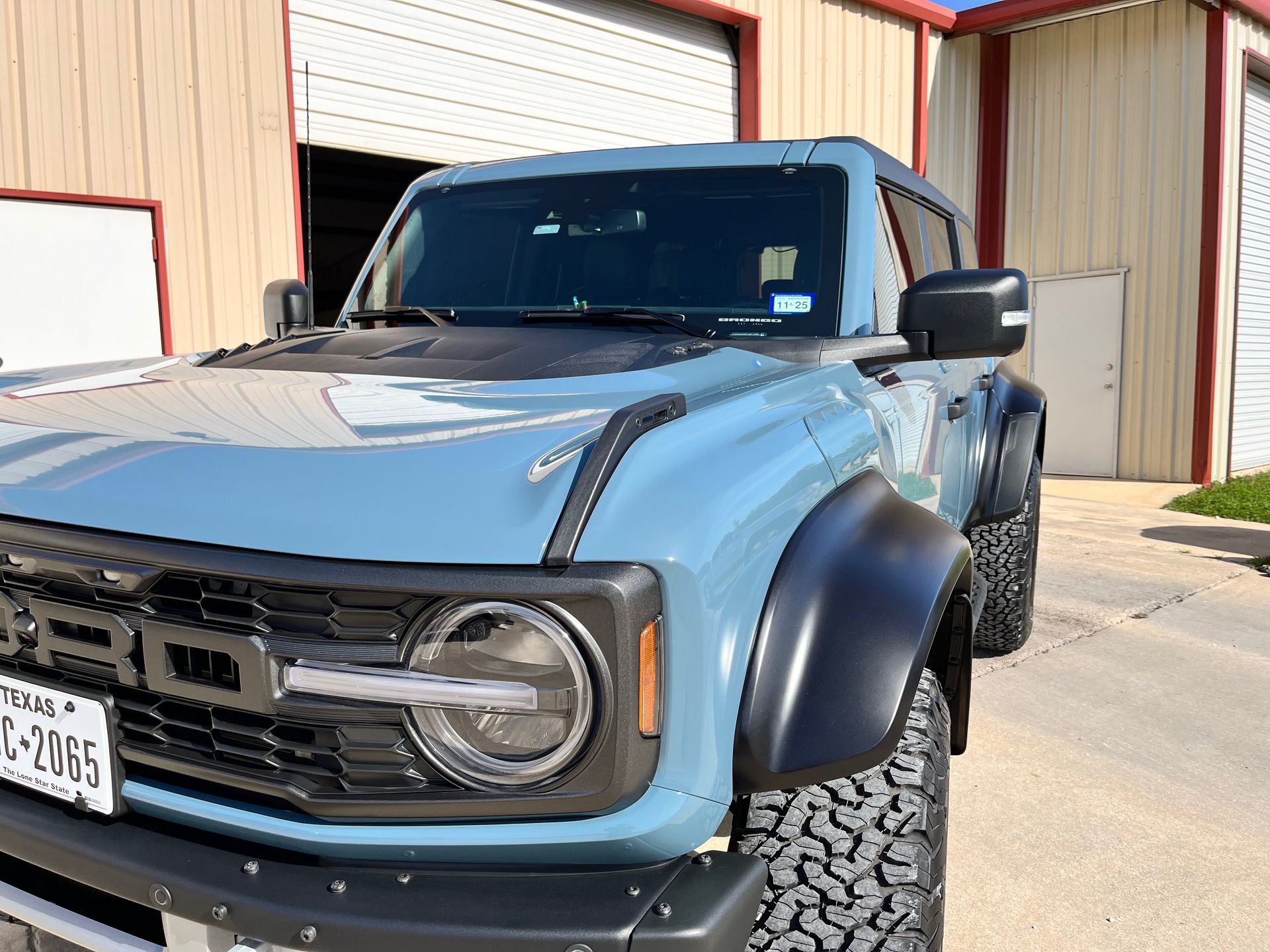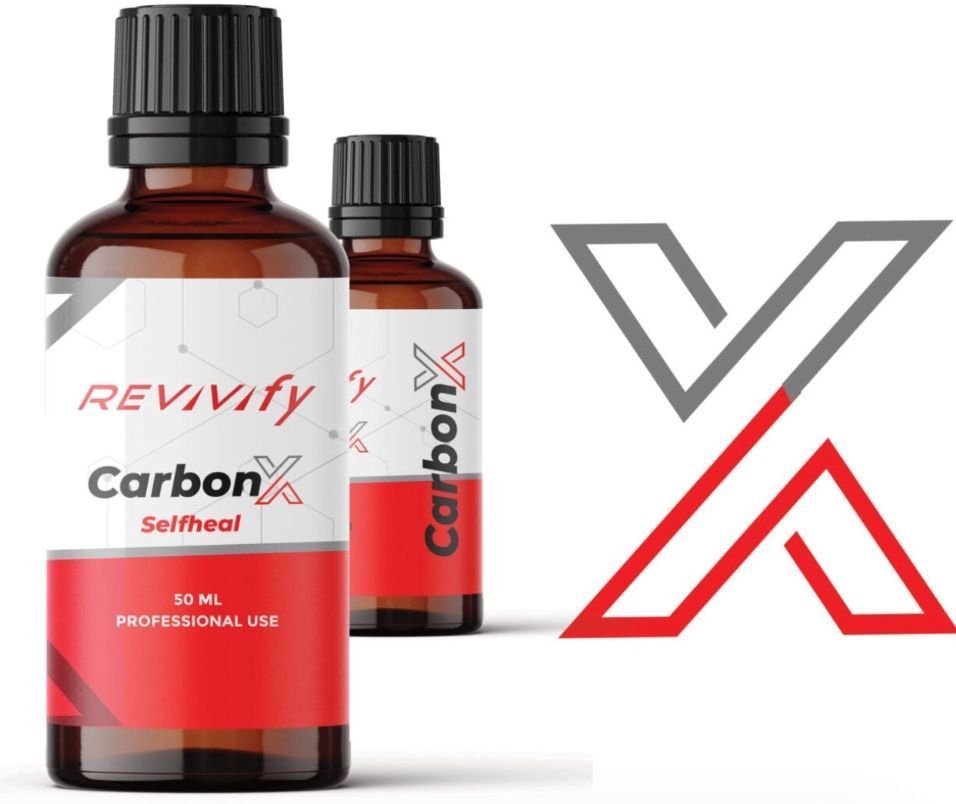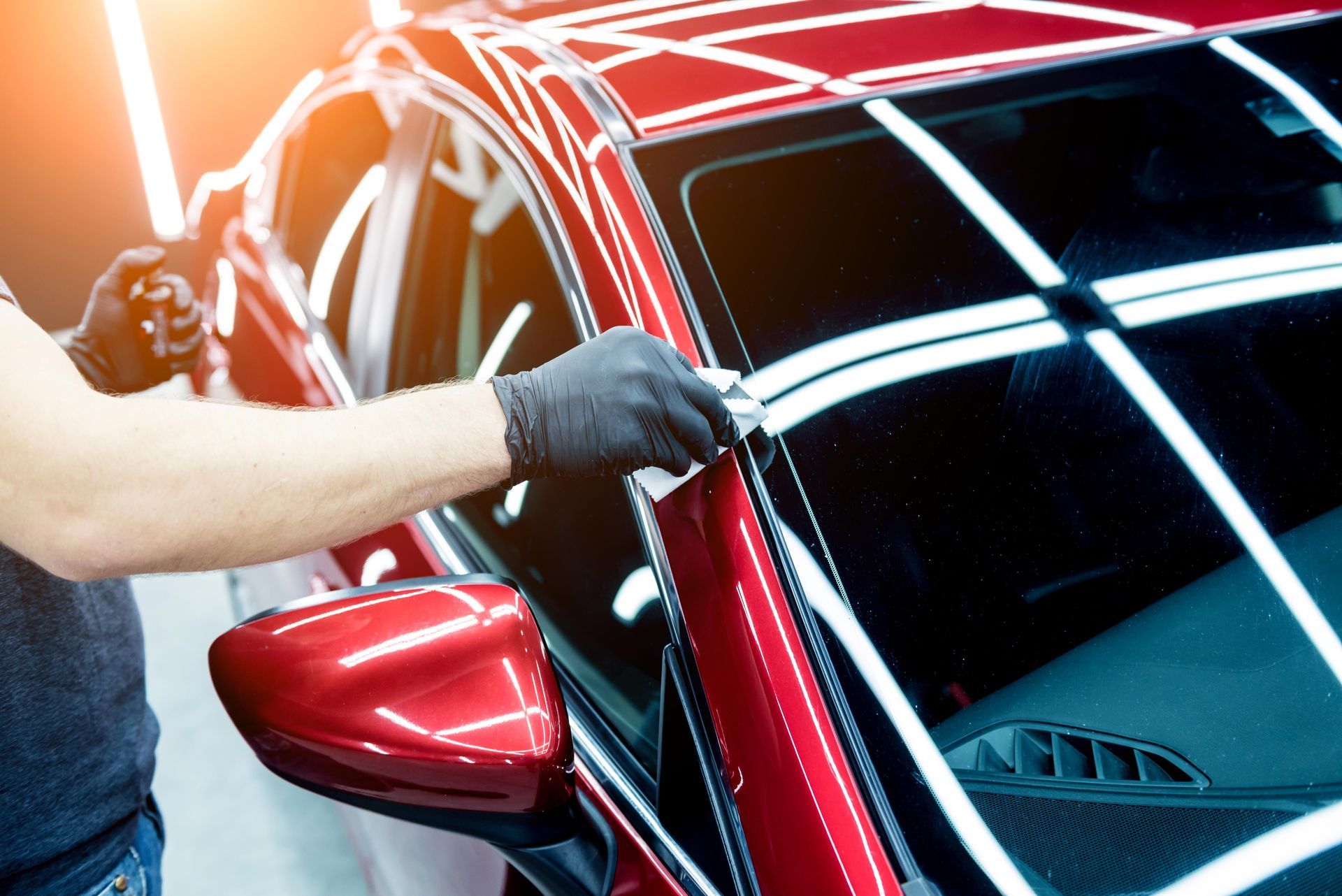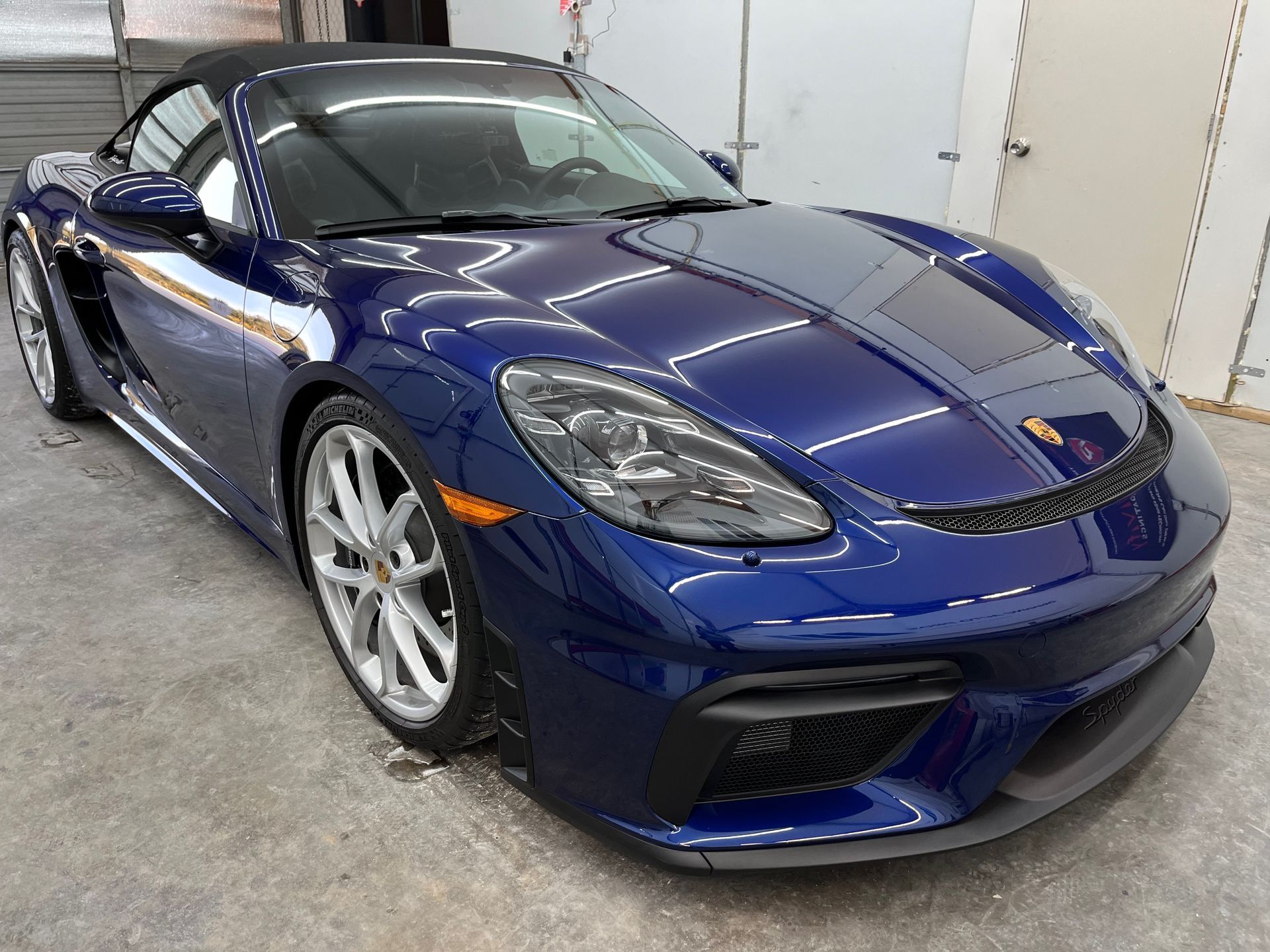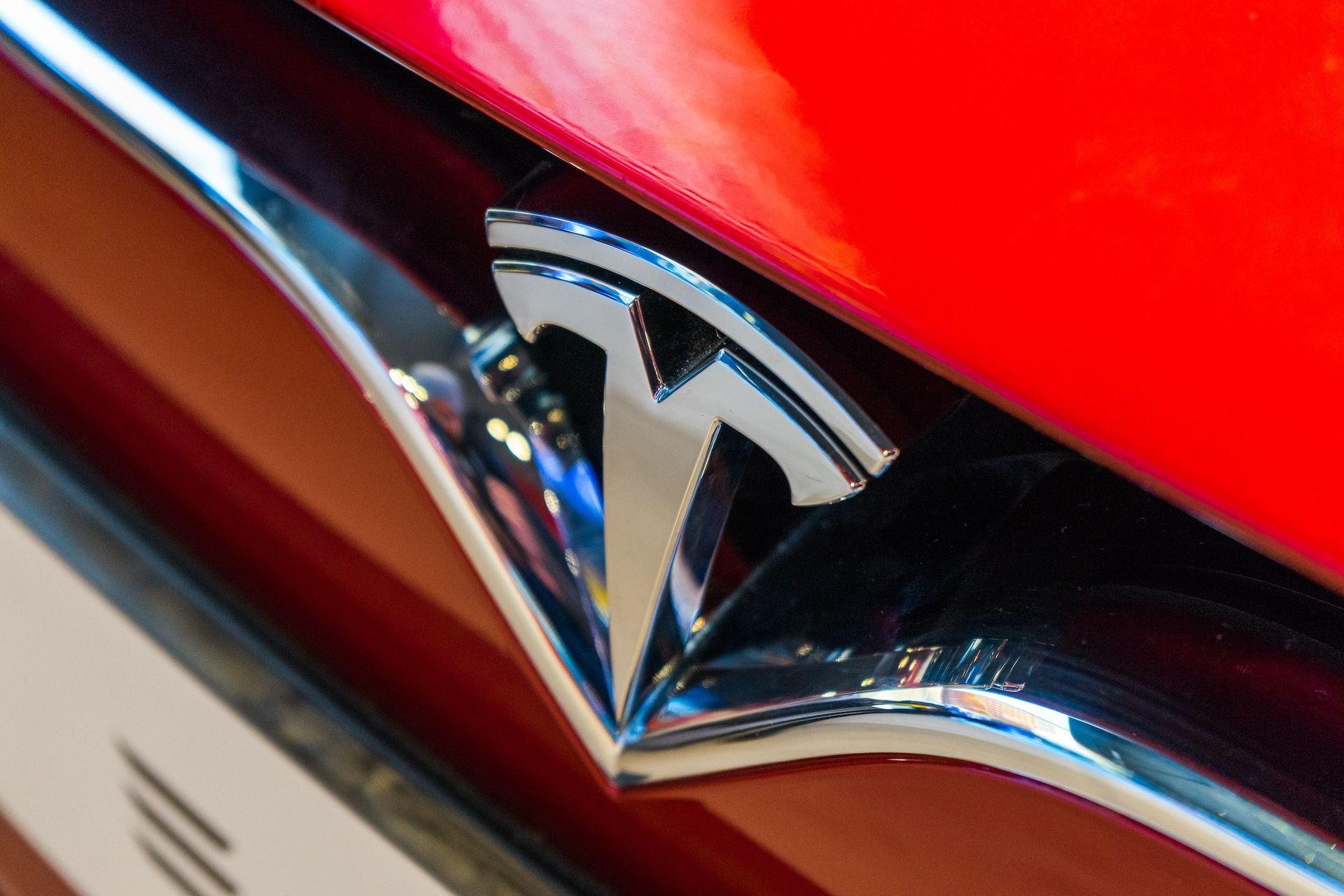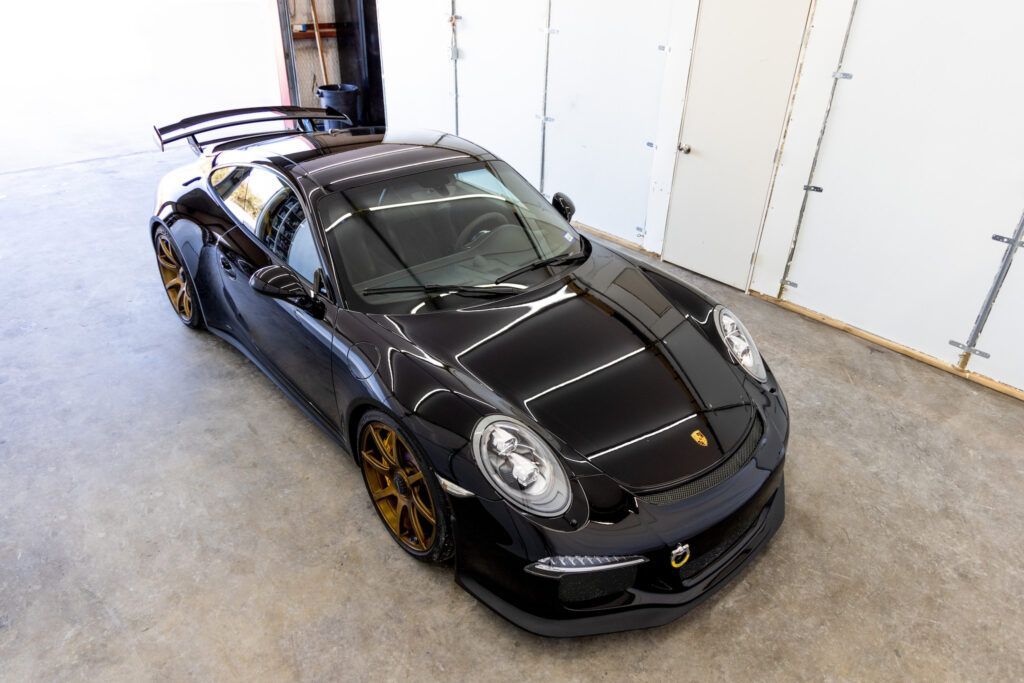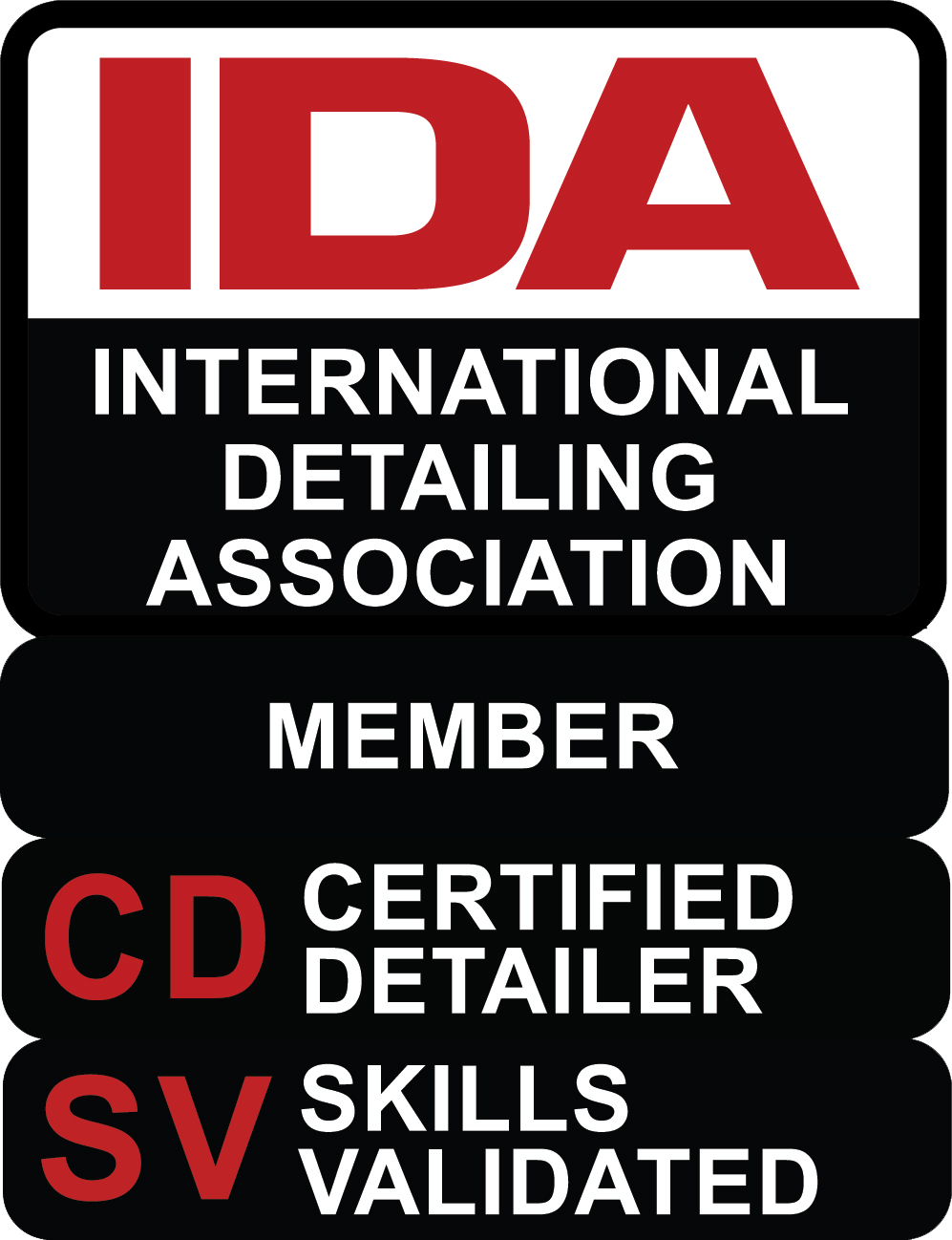Oxidation can be prevented
Introduction:
Automotive paint is not just a cosmetic feature; it's a protective layer that shields the vehicle's body from the elements while enhancing its aesthetic appeal. However, despite its initial luster when leaving the factory, automotive paint undergoes a gradual process of oxidation from the moment it's applied. Understanding this journey can help car owners appreciate the importance of maintenance and care to preserve their vehicle's appearance and structural integrity.
UV Exposure:
UV radiation is one of the primary culprits behind automotive paint oxidation. The sun's rays penetrate the clear coat and interact with the pigments in the base coat, causing them to break down and lose their vibrancy. This degradation results in a phenomenon known as "fading," where the paint color becomes dull and less vibrant. Additionally, UV exposure can weaken the clear coat, making it more susceptible to scratches, chips, and further deterioration. In Central Texas UV rays are stronger and cause damage sooner.
Moisture and Contaminants:
Water, humidity, and airborne pollutants also play significant roles in automotive paint oxidation. Moisture can seep into microscopic imperfections in the paint surface, leading to corrosion and the formation of rust. Pollutants such as acid rain, industrial emissions, and road debris can chemically react with the paint, causing discoloration, staining, and etching. Over time, these accumulated contaminants compromise the integrity of the paint layers, making them more prone to damage.
Temperature Variations:
Extreme heat or cold, can exacerbate the oxidation process. Heat causes expansion and contraction of the paint layers, leading to micro-cracks and weakening of the protective clear coat. In colder climates, moisture trapped beneath layers of ice and snow can accelerate corrosion, especially in areas prone to road salt usage.
Prevention and Maintenance:
While automotive paint oxidation is inevitable, proactive measures can significantly slow down its progression. Paint protective coatings such as Revivify's silicone based coatings, create a protective barrier that provides 100% UV blocking. Parking in shaded areas or using car covers helps minimize UV exposure, while routine inspections allow for the early detection and repair of any paint damage.
Conclusion:
From the pristine finish at the factory to the gradual effects of UV radiation, moisture, and pollutants on the road, automotive paint undergoes a transformative journey marked by oxidation. While this natural process cannot be halted entirely, understanding its causes empowers car owners to take proactive steps to preserve their vehicle's appearance and structural integrity. By investing in a protective coating, owners can ensure that their cars maintain their beauty and value for years to come.
About the author:
Ken Chance is the owner of Dripping Auto Pros in Dripping Springs, Texas. He is an International Detailers Association Certified Detailer, and has training from some of the world's leading experts in paint correction and coatings. He may be reached at ken@drippingautopros.com.


